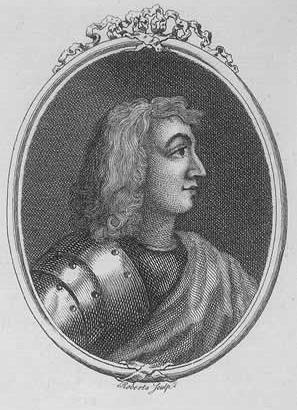Constantine I (863-877)
Constantine I (A.K.A Causantín mac Áeda) was the son of Kenneth MacAlpin and cousin of Donald I. Constantine’s reign is the second longest before the Union of the Crowns in 1603, exceeded only by William the Lion. He was King of Alba from 863 to 877.
Nothing is really known about his life until he succeeded his Uncle to the throne after his Uncle’s death.
Constantine’s reign was occupied with fighting to consolidate and expand upon the Kingdom of Scotland created when Kenneth I had brought together the crowns of the Scots and the Picts to form the beginnings of what became known as Alba. To the south he battled against the King of Strathclyde. This ended when he arranged the death of the King of Strathclyde in 872. He replaced him with his own brother in law, Rhun: effectively making Strathclyde a subordinate kingdom to Alba. In doing so the Kingdom of Alba grew.
On other fronts Constantine had constant conflicts with the Norsemen. Viking activity in northern Britain appears to have reached a peak during Causantín’s reign. In quick succession in the mid 860s Constantine defeated Norse forces led by Olaf the White, the Danish king of Dublin, and by Thorsten the Red. In the south the Danish leader Halfdan devastated Northumberland and Galloway.
In 875, the Chronicle and the Annals of Ulster again report a Viking army in Pictland. A battle, fought near Dollar, was a heavy defeat for the Picts; the Annals of Ulster say that “a great slaughter of the Picts resulted”.
In 877 Vikings from Dublin and Yorkshire landed in Fife and established a base from which to raid much of the eastern side of Scotland. This happened shortly after building a new church for the Culdees at St Andrews. The Culdees or Céli Dé, is an ascetic Christian community who had a chapter at Cennrighmonaidh, or Kilrymont monastery, in St Andrews, and later served in the Church of St Mary on the Rock.
Constantine was captured and executed (or perhaps killed in battle) after defending against Viking raiders. Although there is agreement on the time and general manner of his death, it is not clear where this happened. Some believe he was beheaded on a Fife beach, following a battle at Fife Ness, near Crail. William Forbes Skene reads the Chronicle as placing Causantín’s death at Inverdovat (by Newport-on-Tay), which appears to match the Prophecy of Berchán. The account in the Chronicle of Melrose names the place as the “Black Cave,” and John of Fordun calls it the “Black Den”. Causantín was buried on Iona.

Reputedly the spot where the Danish Viking invaders put King Constantine I of the Scots to death in 877AD. Constantine’s Cave is at Fife Ness. The entry to the cave is on a path running beside the seashore beside part of Balcomie Golf Course. Traces of a mortar built wall were noted along the mouth of the cave by RCHAMS in 1933, suggesting that it was once walled and roofed, possibly serving as a chapel.






